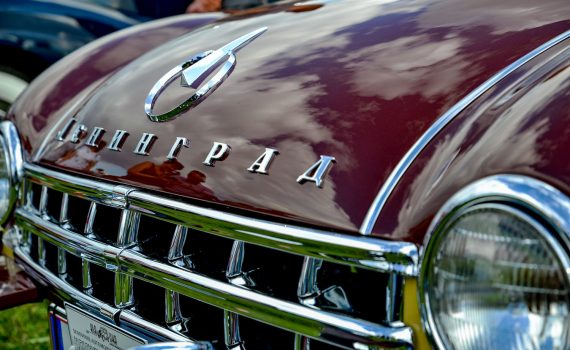
Leningrad – Custom Sports Car Manufactured in the Soviet Union in 1953
Category:About,Garage,Timeless Classic 2020,Events,Events 2020,Library,ArticlesOn August 1st 2020, the Antique Car Show Timeless Classic 2020 in Biržai was marked by the first appearance of the legendary car Leningrad, which won the Grand Prix of the event and the award for the most beautiful car to its owner Alexander Obymacha. On August 22nd, this car and its owner triumphed at the antique car event Riga Retro 2020 winning the title of the most beautiful car.
The Leningrad was known in the history of motoring in the former Soviet Union as a unique and special car. And not because it was a custom sports car, ahead in its time with the shapes and construction, but also because it wasn’t designed and manufactured by automobile manufacturer company.
It is no secret that mass-produced cars in the Soviet Union weren’t characterized by either grace or design elegance. And this was not just due to the fact that at the time the post-war car industry was not focused on car production, but on the development of heavy machinery.
Under the order of that time and the closed policy of the Soviet Union, the road to the socialist market was closed to foreign cars and automotive innovations. The car enthusiasts who wanted exclusivity had two options: either to show off the cars that had been brought to the Soviet Union as booties of war or to design and build a car themselves. All the more so as the latter possibility was not forbidden by the Soviet Union government and it was even encouraged at the time.
Strange as it may seem, in the difficult post-war years, under state voluntary sports organizations and motor transport companies there were established motor sports and technical clubs and collectives, the aim of which was not only the development of automobile and motorcycle racing sports, but also the development of self-made vehicles. The abovementioned Leningrad car appeared in a similar way.
Let’s start with the fact that Arkadiy Babich, a graduate design-engineer, lived, worked and was engaged in motorsports the then city of Leningrad (now St. Petersburg). According to the press at the time, the designer was eager to build and make a racing car. And he succeeded. Dismissing the facts published on the Internet, in accordance with which the sports cars of that time were manufactured in an improvised manner, it should be noted that all the construction and production works were carried out in sports clubs, organizations or workshops subordinated to state organizations. After all, knowing the order of that time, a private person had no opportunity to acquire or dispose of automotive parts and assemblies as well as construction materials. Only state organizations could do that.
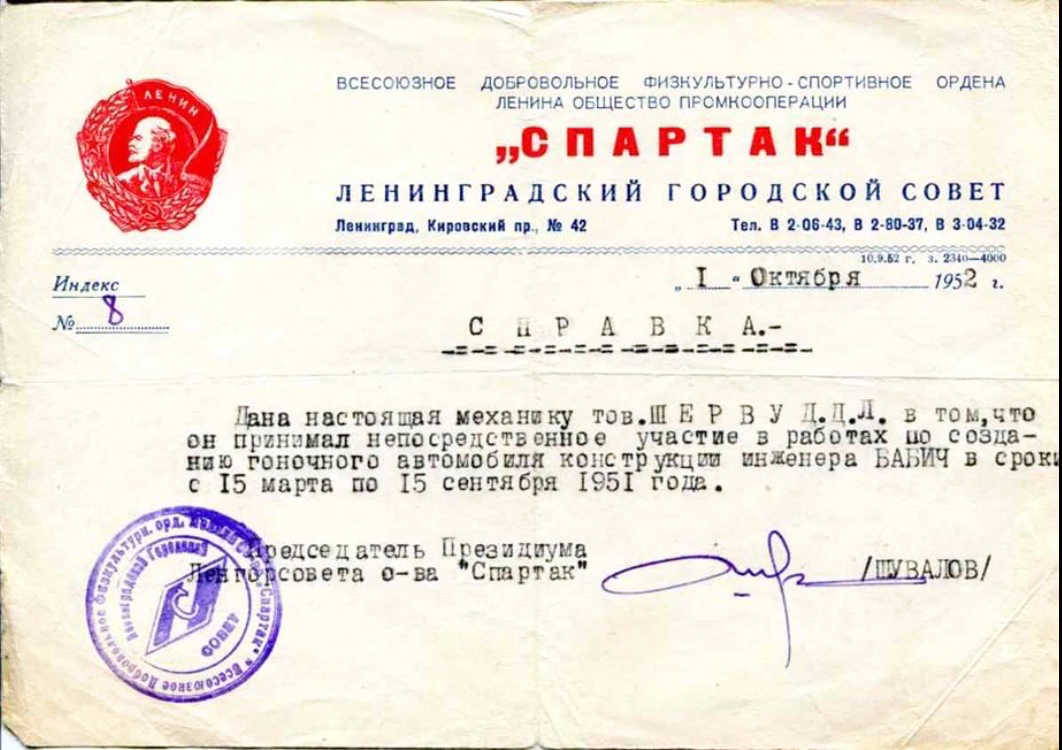
The certificate issued by the Chairman of the Association of Sports and Physical Education Spartak in 1952
The certificate issued by the Chairman of the Leningrad branch of the Union Voluntary Association of Sports and Physical Education Spartak in 1952 stating that the mechanic D. L. Shervud participated in the works on development of engineer Babich’s racing car in 1951. Based on this certificate, we conclude that A. Babich did not work on his projects alone, but apparently received financing, workshop premises, necessary equipment and parts through the sports association Spartak.
It is a pity that no information has remained about the first work of the engineer. There are only a few photos on the internet that have no comments. However, very little is known about the second car created by Babich as well. All that is mentioned is that he used a V2 engine of a captured motorcycle. And the third sports car of Arkadiy Babich, which was named after his hometown of Leningrad, has survived to this day.
According to the media of that time, the production of this roadster began in the 1950s and lasted for 2 or 3 years, although various online sources state that the car was manufactured in 1956. However, according to the car registration certificate it may be assumed that A. Babich’s racing car Leningrad was manufactured in 1952 and registered in 1953.
All the assemblies and parts fitted to this sports car were mass-produced, used in other cars manufactured in the Soviet Union at the time. As the basis were used the units and engine of the government limousine GAZ 12 ZIM, which was the most powerful car engine at the time. The inline six-cylinder 3.5-liter engine gave the sports car 90 hp and, with a three-speed gearbox, allowed the amateur-built car to run at record speeds.
This is borne out by the article in the magazine Za Ruliom of the year 1959, which described an extraordinary event involving the Leningrad car. The magazine published a story how engineer Arkadiy Babich made 2125 km along the road separating Simferopol from Leningrad (St. Petersburg) in his Leningrad car in 20 hours. The same publication notes that the car designer A. Babich is well known among the sportsmen of the city of Leningrad and participated in the development of the tubular frame for the racing car KVN-2500S. Racers F. Kosenkov and A. Silantyev won the titles of Soviet champions in this car. By the way, the design workshop which produced racing cars was in the Leningrad taxi park and was a division of this company.
We find another message about the sports car Leningrad and its designer A. Babich in the Soviet film chronicle. The footage shows a short history of the car and an intriguing statement that this racing car flew at a speed of more than 180 km / h…
It’s a great pity, but over the years we don’t find any information about this car and its designer. Though, in the early 1990s, the Leningrad was once mentioned in the press. An advertisement appeared in one of the newspapers in Saint Petersburg (formerly Leningrad), in which some Vladimir Spirin was trying to sell Leningrad.
According to the witness-buyer, the racing car was found in a satisfactory condition, however, not in running condition and already with a replaced engine. The replaced engine of the GAZ 51 truck is not much different from the former engine of the original GAZ 12 ZIM, but buyers were deterred not by this and not by missing elements of the decor or a rusty body, but by the exorbitant price asked for the car.
Another fact about this unique car appeared in 2014. An announcement about the sale of the Leningrad was published on the Internet portal. The car on sale was in very poor condition: the tubular frame of the body was severely damaged by rust, the steel inner body panels were rotten, many body parts and mechanical units are missing. The interior and exterior trim parts and the engine were missing, the paint of the body, which was repainted and almost did not retain the original colour, was faded.
Despite all this, the legendary car was bought in the same year by Alexander Obymacha, an enthusiast of ancient vehicles from Vilnius, and transported to Latvia. Why not to Lithuania? According to the car owner this was done solely due to the more flexible customs regime of the Latvian state.
The restoration of the purchased car soon began. The works were performed in as many as three countries: Latvia, Lithuania and the Czech Republic, i.e. in those countries where branches of A. Obymacha’s restoration workshops are located. The resurrection of the Leningrad for a new life took a long time – as many as six years. Firstly, because it was not the main project of A. Obymacha’s restoration workshops, and secondly, because the works were hampered by a lack of technical information.
All available means were used in order to gather all the technical information of the car. Even historical photographs contributed to this purpose. One of them, a photo of the Leningrad taken by American tourist John H. Schultz in 1958, was used to recover the original colour scheme of the car body.
On August 1st 2020, the Antique and Classic Car Show Timeless Classic 2020 in Biržai was marked by the first appearance of the legendary car Leningrad, which won the Grand Prix of the event and the award for the most beautiful car to its owner Alexander Obymacha. On August 22nd, this car and its owner triumphed at the antique car event Riga Retro 2020 winning the title of the most beautiful car. Thus began not only the revival of this historically unappreciated car, but also its march to the European exhibitions of antique cars…
Egidijus Einoris
Documents and photos from A. Obymacha’s archive. Photos by Dainius Nagelė

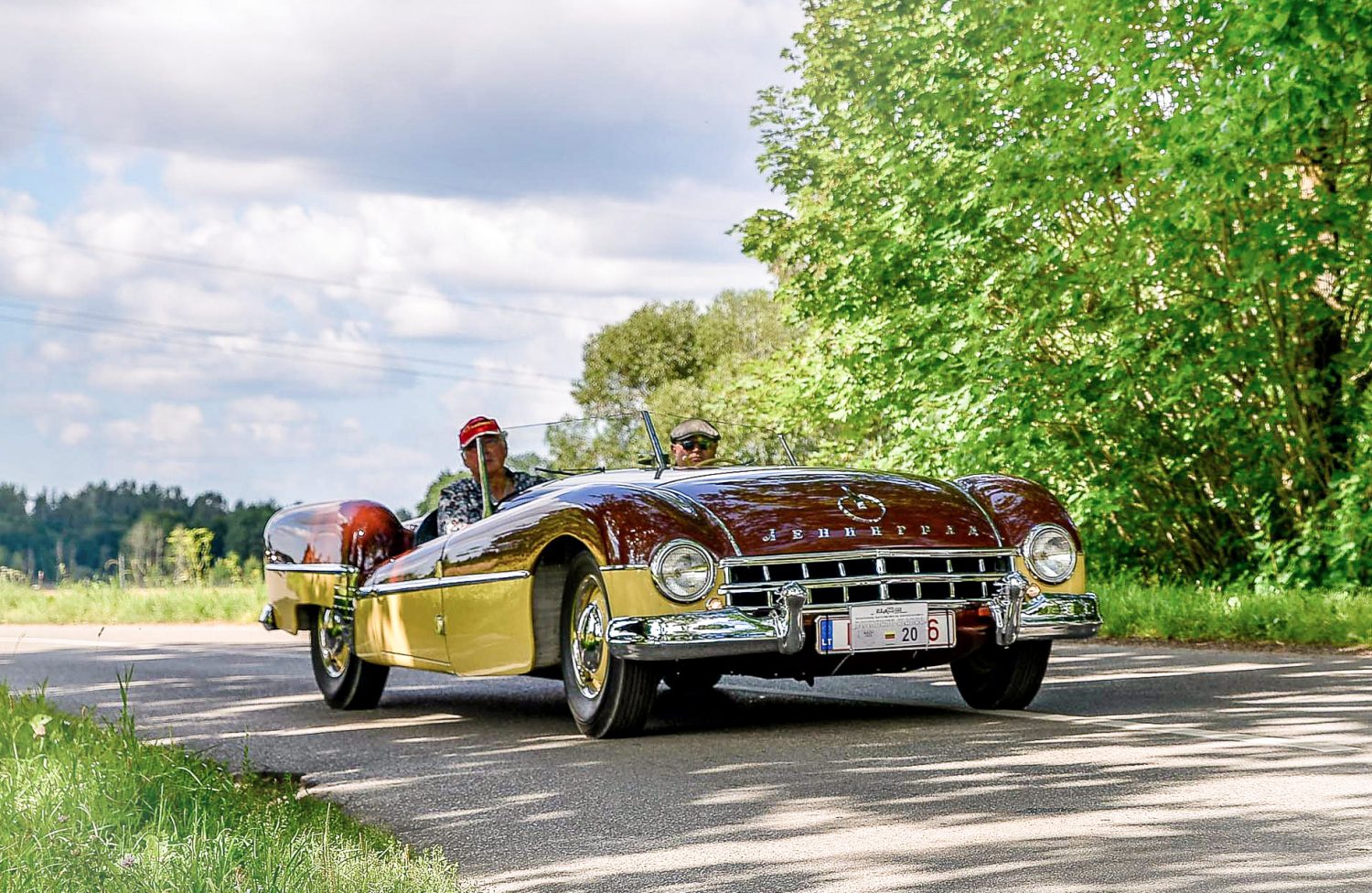







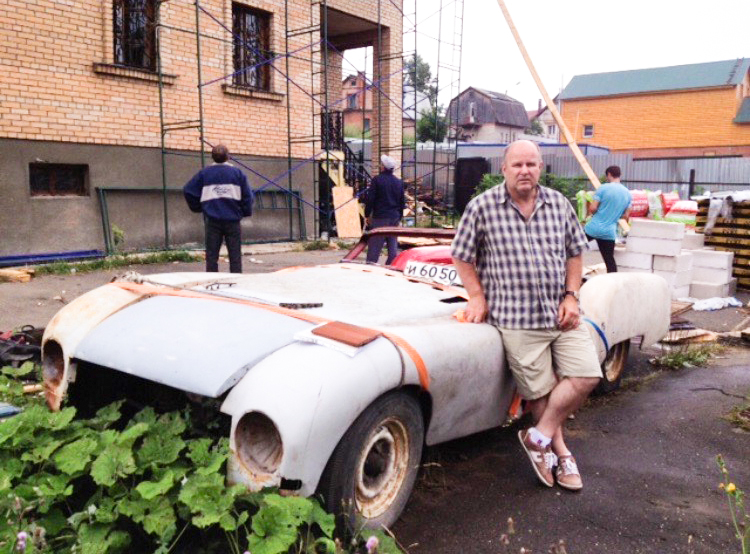
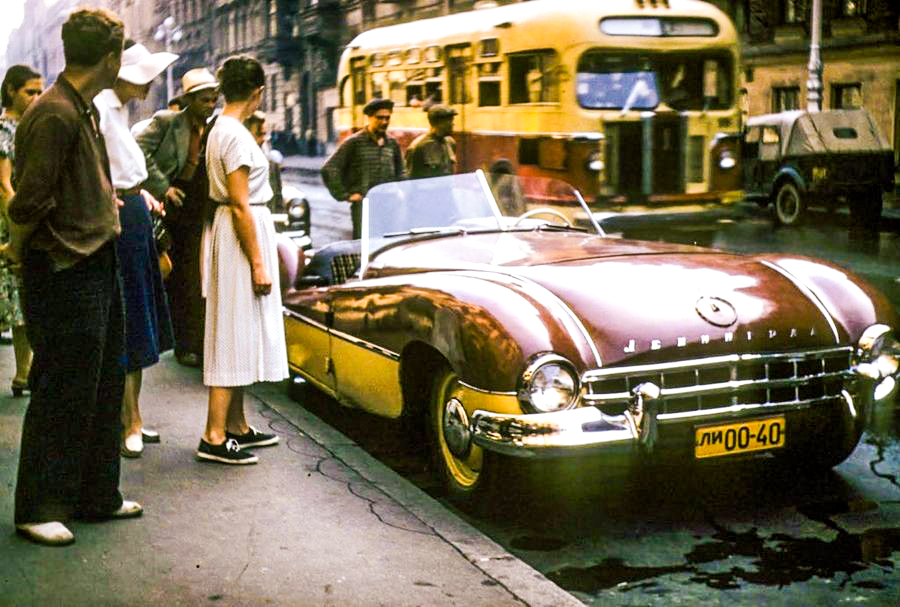
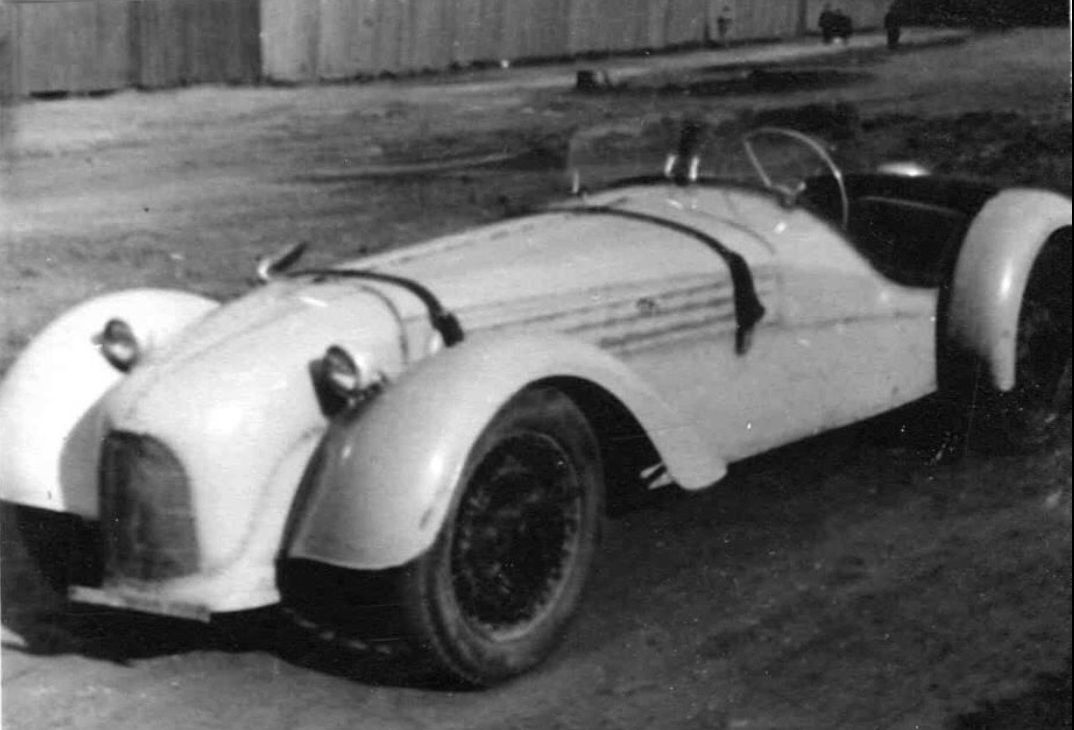
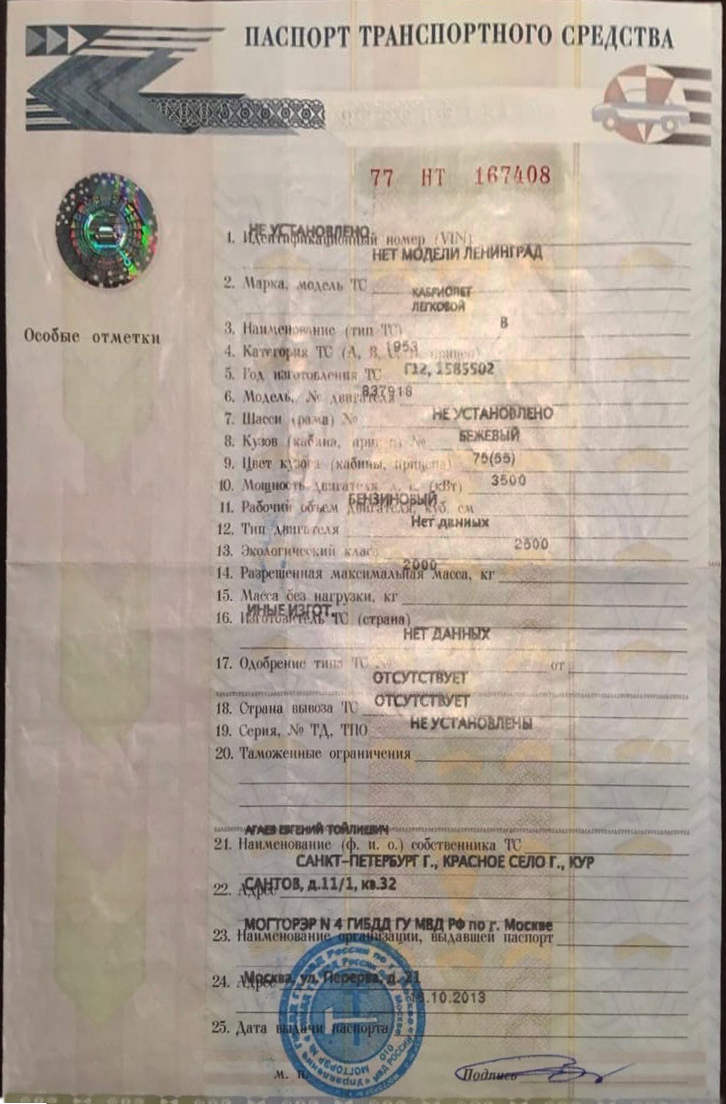
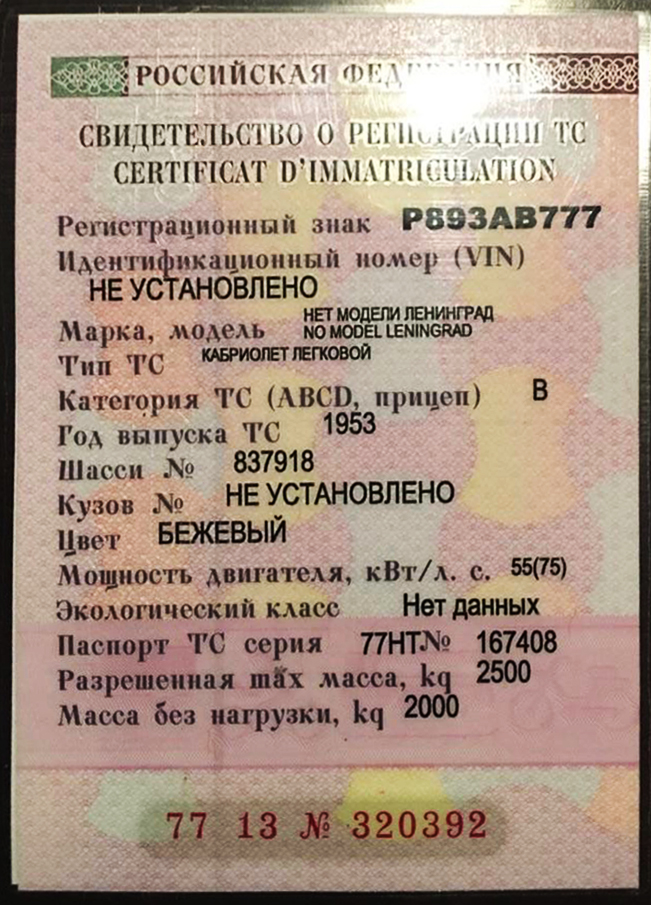
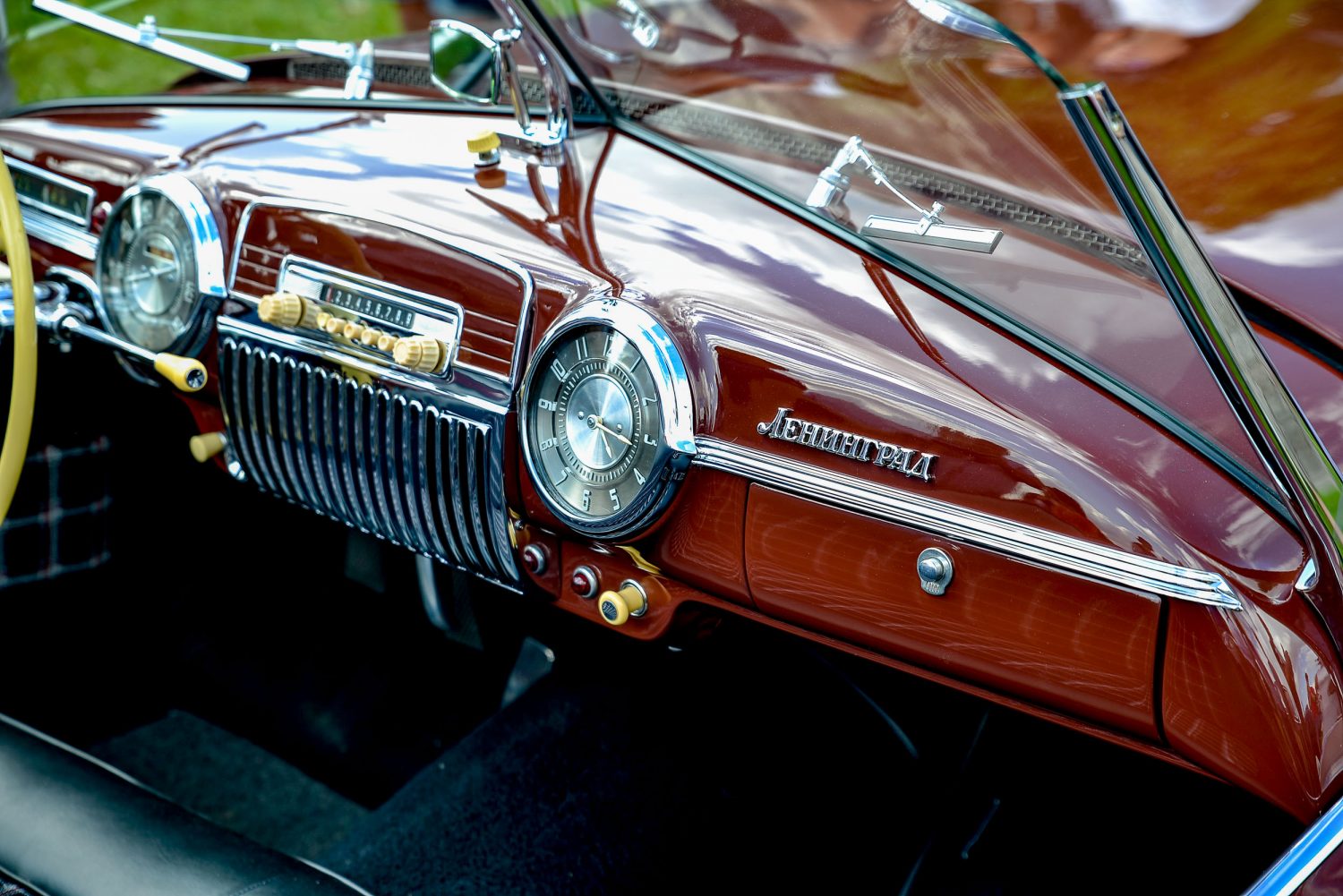
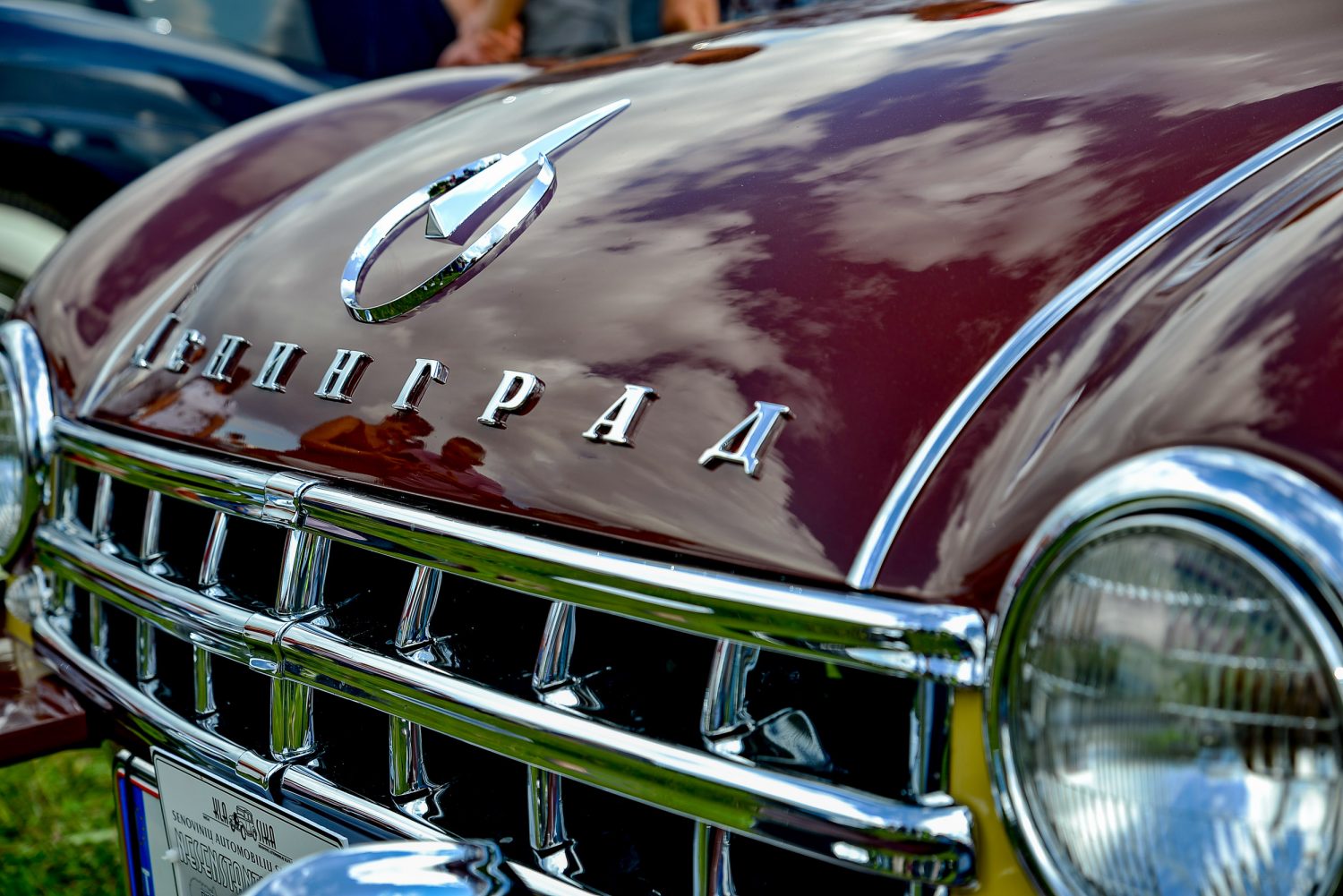

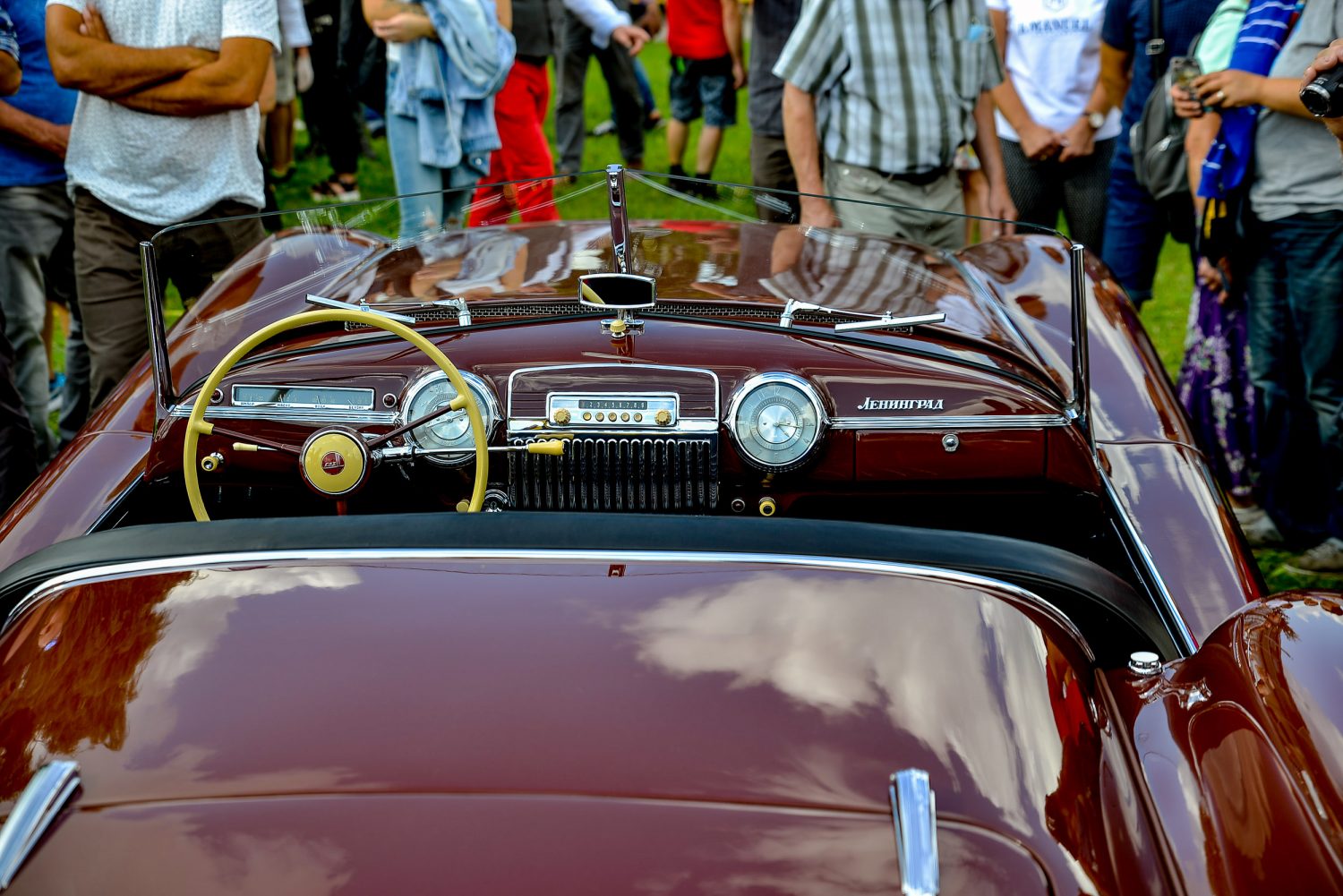
You must be logged in to post a comment.